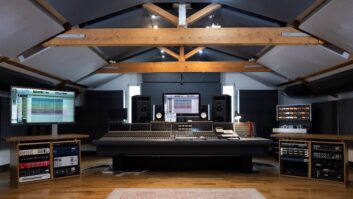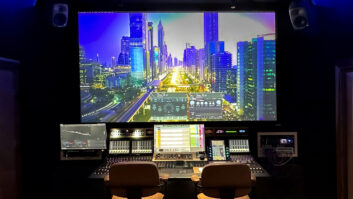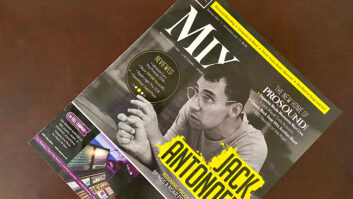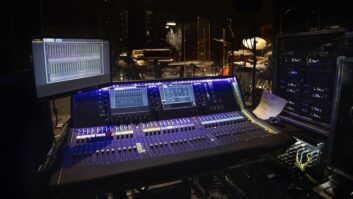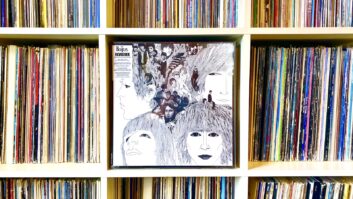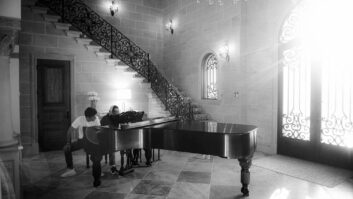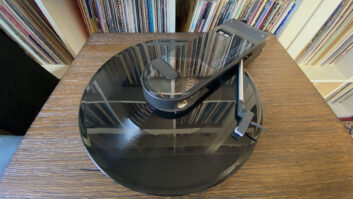One of the wonderful things about modern recording technology is that it accommodates a wide range of studio production styles. At one time, “recording” was essentially defined as putting a group of performers into an enclosed space and rolling acetates, or tape, to capture the event. The advent of multitracking, hard disk recording and MIDI brought new studio methodologies, essentially paving the way for a single artist, working alone, to create complex works.
This breakthrough opened the door for so many people, such as classical composers who — lacking access to a full orchestra — could assemble an entire symphonic recording on a desktop (or laptop!) PC. At the same time, a little power can be a dangerous thing. Thanks to unlimited tracking and fingertip access to thousands of different instruments, there have been a bazillion recordings that were aesthetically unlistenable, yet technically “pleasant.” Sometimes, such compositions were fairly good to begin with, but few good musical ideas can survive in a sea of overproduction, a wash of string section samples and inappropriate instrumentation choices that happened to be trendy at that moment.
While for some, the studio experience represents solitary confinement — working hours alone staring at note markers or waveforms on a screen — the more traditional studio technique seems to be gaining popularity. As one example, we need look no further than Maureen Droney’s cover story on Rickie Lee Jones, who set up shop at West L.A.’s The Village studios, spending months crafting The Evening of My Best Day, her latest CD. This approach wouldn’t work for cash-strapped new bands, but it definitely clicked for Jones, who was able to take advantage of the Village’s studio-as-microcosm atmosphere, bringing in players she’d run into in the halls.
Also in this issue, we chatted with Steely Dan’s Walter Becker and Donald Fagen, who went back to a more traditional rehearse-a-band-and-cut-live-basics method for their new release, Everything Must Go. And for two guys who, for years, carved out the new frontier in digital technology, their new CD marks a return to the warm coziness of tracking onto 2-inch tape, or as Becker explains: “We went forward to analog!”
Things can sure change over the years. It wasn’t so long ago when most bands couldn’t afford to “go” digital. These days, analog tracking seems to be something of a luxury. Now, before I’m swamped with hundreds of angry e-mails, I’m not saying everyone should record like Rickie Lee Jones or Steely Dan, but it’s nice to know that, new school or old school, technology supports many ways of working. Music is all about creating feelings and emotions — and that doesn’t change. A keyboardist sequestered in front of a CPU can lay down a drum pattern, but it doesn’t necessarily think like a drummer. Here, some input or a performance by another player can make the result that much sweeter.
Speaking of technology, Mix subscribers have received a ballot for the 19th Annual Technical Excellence & Creativity Awards, so check out the TEC Awards Voter’s Guide on page 63 and return the postage-paid ballot. Every vote counts, so take a moment to help select our industry’s best products, projects, people and facilities. The results will be announced at the TEC Awards ceremony, held during AES in October. For more information about the TEC Foundation, visit www.tecawards.org.
Do your part!
